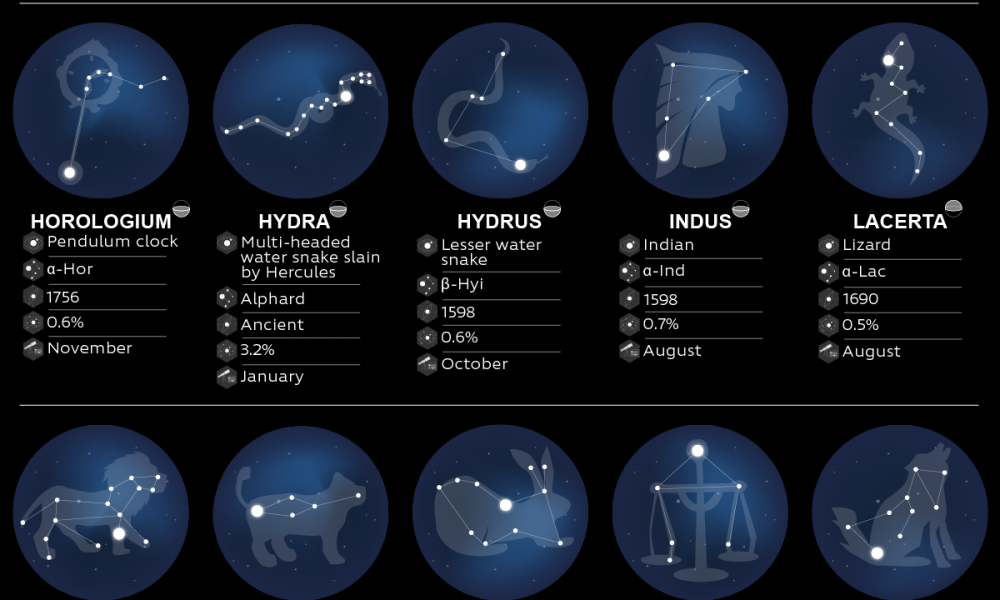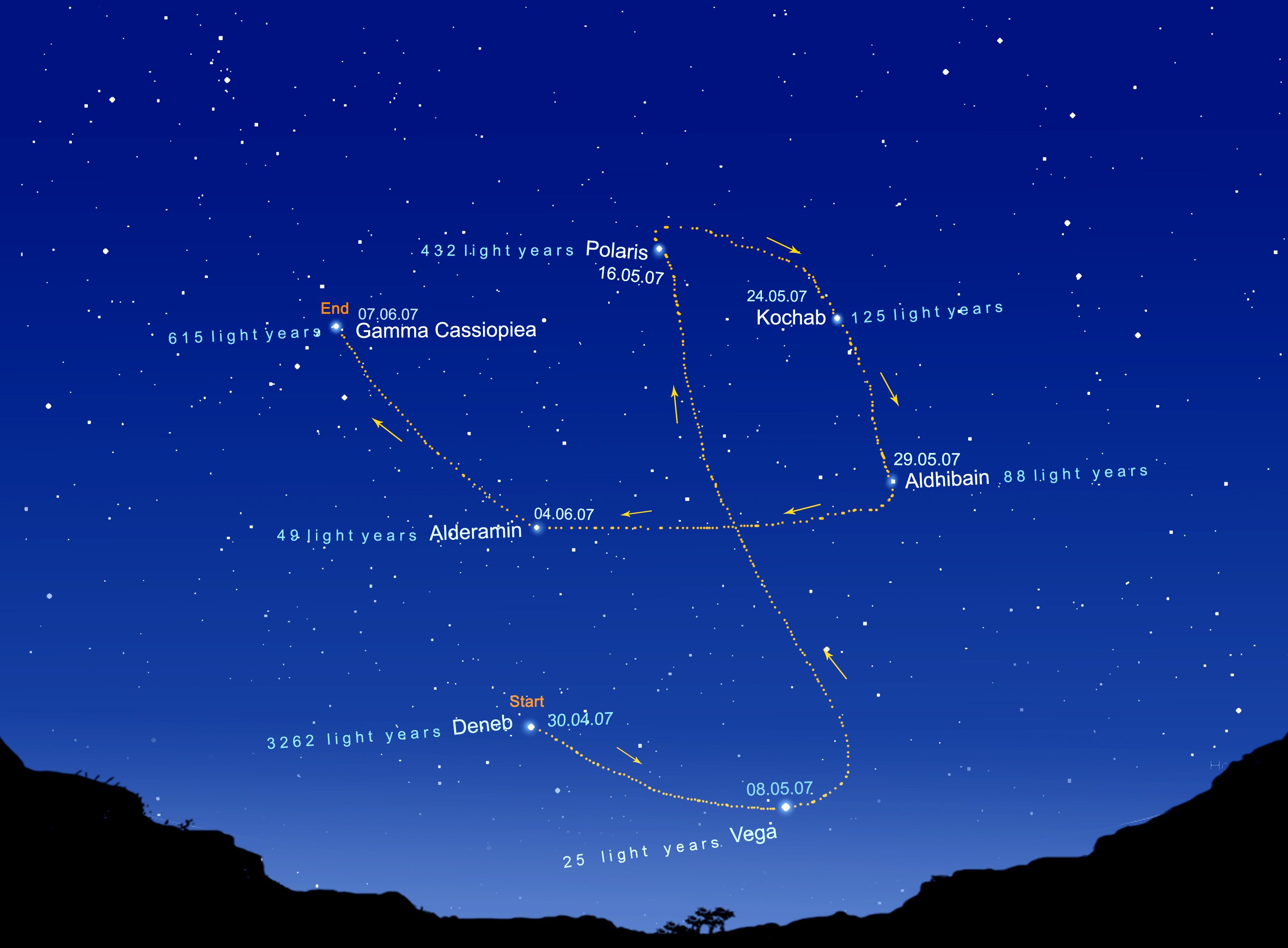

Table data from Astrophysics Science Division (ASD) at NASA/ GSFC. Scorpius constellation boundary by IAU and Sky and Telescope. Of the 88 constellations, 36 lie predominantly in the northern sky, and 52 in the southern sky. There are 48 constellations from traditional Western constellations.Ĭonstellations from the southern sky were added when European explorers began traveling to this hemisphere in the 15th century.Īround 1920, the International Astronomical Union (IAU) formally accepted and recognized the modern and ancient list of 88 constellations, and later adopted official boundaries to cover the celestial sphere.Įach star within the constellation boundary is considered to be part of that constellation, even if it is not part of the actual pattern. The majority of constellation names we are familiar with came from the ancient Greek and Roman civilizations. Some of these early constellations became part of the current list of constellations that are internationally recognized, while others changed significantly over time, were limited to certain cultures or countries, or eliminated altogether. The earliest constellations told stories of beliefs, creation or mythology with many cultures and countries adopting their own constellations. The Big Dipper is one of the most familiar asterisms in the night sky (not a constellation).

The stars in an asterism are usually close together, and about the same brightness. The Big Dipper is a prominent group of stars within the larger constellation of Ursa Major (The Great Bear). This pattern of stars is one of the most familiar sights in the northern sky. These star groupings are still used to navigate the night sky and many contain or share stars within a constellation.įor example, the Winter Triangle asterism is a pattern of stars made up of Betelgeuse, Sirius, and Procyon which are stars from the constellations Orion, Canis Major, and Canis Minor.Īnother example of an asterism in the night sky is The Big Dipper. Constellation Versus AsterismĪ constellation differs from an asterism in that an asterism is a well-known and/or obvious group or pattern of stars but is not a formally-named constellation (i.e. This also means that not all constellations can be seen from every location on Earth and that some can only be seen from northern or southern latitudes.įor example, Crux and Carina are only visible from the southern hemisphere and Ursa Major/Minor and Cassiopeia are only visible in the northern hemisphere. For example, Cygnus is a prominent summer constellation, and Orion is a prominent winter constellation. Therefore, there are constellations known for the different seasons since viewers are looking at a different set of constellations from summer to winter. The difference in the size of the star and its brightness will affect our ability to view all stars in the constellation, with some appearing more or less noticeable.Ĭonstellations will gradually shift west throughout the year due to the Earth’s orbit around the Sun. It may look like all the stars in a constellation are all at the same distance from Earth, however, a constellation may contain several stars from varying distances. These include stars that are easily seen with the naked eye. Of the billions of stars in the universe, only a fraction make up the shapes of our constellations. The word ‘constellation’ comes from the Latin ‘constellacio’ which means ‘set of stars’. Constellations are groups of stars that form patterns in the night sky, often named after animals, creatures, or mythological people resembling the outline or pattern.


 0 kommentar(er)
0 kommentar(er)
